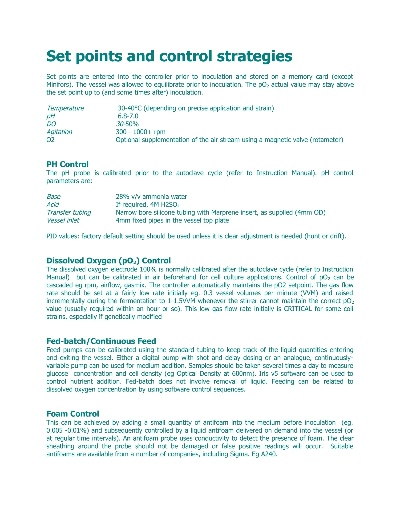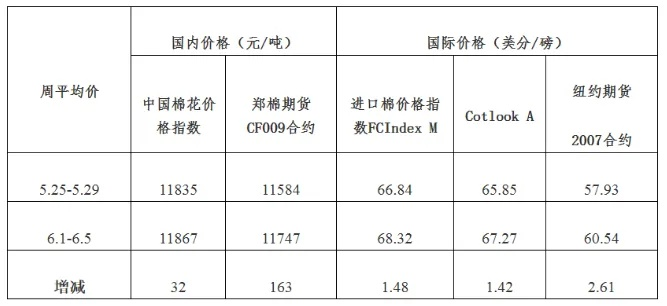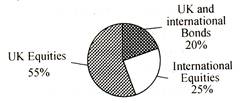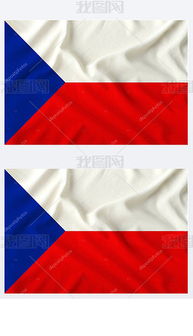Exploring the Art of Textile Design:A Multifaceted Approach
: Exploring the Art of Textile Design: A Multifaceted Approach,Abstract:,In this paper, we explore the art of textile design through a multifaceted approach. We first discuss the importance of textile design in creating visually appealing and functional pieces that reflect the cultural and social contexts of their creation. We then examine the various techniques used in textile design, including pattern making, color theory, and material selection. We also explore the role of technology in modern textile design, such as digital printing and 3D modeling. Finally, we highlight the impact of textile design on society, from fashion to healthcare, and discuss future trends in the field. Overall, our aim is to provide readers with a comprehensive understanding of the complexities and creativity involved in textile design.
Introduction: Textile design is a fascinating field that merges creativity, technology, and craftsmanship to create unique and visually stunning textile products. It involves the use of various techniques such as weaving, knitting, embroidery, and screen printing to bring out the beauty and functionality of materials into their final form. In this article, we will explore different aspects of textile design, including its history, techniques, and case studies, to provide an insight into the art form.
Historical Background: Textile design has a rich history dating back thousands of years. From ancient Egyptian scarves to modern fashion trends, textiles have been used for both practical and aesthetic purposes. The development of textile design can be traced back to the early civilizations, where artisans created intricate patterns and designs using natural fibers like wool, silk, and cotton. Over time, textile design evolved into a disciplined field, with techniques such as block printing, embroidery, and applique becoming popular methods of creating beautiful textiles.
Techniques in Textile Design: There are several techniques used in textile design, each with its own unique characteristics. Some of the most common techniques include:
-
Weaving: This technique involves interlacing threads to create a patterned fabric. It is used extensively in weaving rugs, tapestries, and other decorative items.

-
Knitting: Knitting involves looping individual yarns together to create a textured fabric. It is widely used in making sweaters, socks, and other garments.
-
Embroidery: Embroidery involves stitching small pieces of fabric together to create intricate patterns and designs. It is commonly used in creating clothing, accessories, and home decor.
-
Screen printing: Screen printing involves transferring designs onto a mesh screen and then applying dye or paint to the fabric. It is used to create printed clothing, wallpaper, and other textile products.
-
Dyeing: Dyeing involves treating fabric with dyes to change its color. It is used to create vibrant colors and patterns in textiles such as curtains, tablecloths, and towels.
Case Study: One example of a successful textile design project is the creation of a line of hand-knitted scarves by a local designer. The designer used a combination of traditional techniques such as knitting and embroidery to create unique patterns and designs. The scarves were sold online and in boutiques throughout the country, winning over customers who appreciated the handmade quality and attention to detail.
Conclusion: Textile design is a dynamic and evolving field that combines creativity, technology, and craftsmanship to create unique and visually stunning textile products. By exploring different techniques and case studies, we can gain a better understanding of the art form and appreciate the beauty that textiles can bring to our lives. Whether it's a simple piece of clothing or a complex installation, textile design has the power to transform our world and leave a lasting impression on our senses.
产品纺织品艺术设计概述
随着人们对生活品质的追求不断提高,纺织品作为日常生活中的重要组成部分,其设计理念和工艺水平也在不断更新,产品纺织品艺术设计不仅关乎产品的外观和质感,更涉及到产品的舒适度、耐用性以及环保性等多个方面,本篇将围绕产品纺织品艺术设计展开讨论,并辅以英文案例说明。
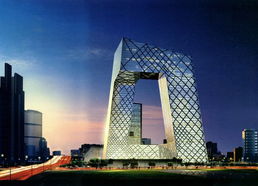
产品纺织品艺术设计要素
材料选择
材料是纺织品设计的基石,在选择材料时,需要考虑材料的质地、色泽、手感等因素,同时还要考虑材料的环保性、耐用性以及与产品的契合度,使用天然纤维如棉、麻等材料,不仅环保健康,还能为产品带来自然、舒适的感觉。
色彩运用
色彩是纺织品设计中不可或缺的一部分,设计师需要根据产品的功能、风格以及消费者的喜好,合理运用色彩,在医疗用品设计中,可以使用温和的色彩来提升产品的信任度和安全性;在时尚服装设计中,可以使用鲜艳的色彩来吸引消费者的眼球。
图案设计
图案是纺织品设计中最具创意和表现力的部分,设计师需要根据产品的功能、风格以及消费者的需求,设计出具有独特性和吸引力的图案,图案的设计也需要考虑材料的可加工性、工艺的可行性等因素。
英文案例说明
以某品牌的一款纺织品为例,展示产品纺织品艺术设计的应用。
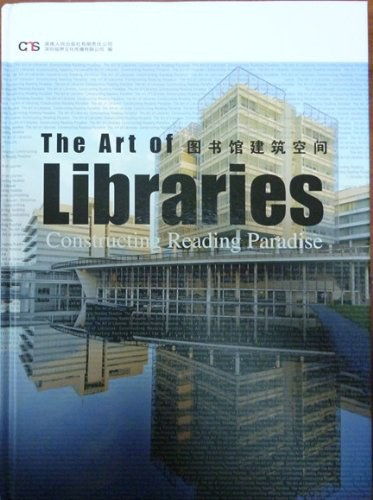
该品牌的一款纺织品采用了高质量的天然纤维面料,色彩鲜艳且具有层次感,在图案设计上,采用了简约而不失时尚的几何图案,与产品的风格和功能相契合,该面料还采用了环保印染技术,不仅环保健康,还能提升产品的品质和档次。
产品纺织品艺术设计实践方法
-
深入了解消费者需求:设计师需要深入了解消费者的需求和喜好,以便更好地设计出符合消费者需求的产品纺织品。
-
注重材料选择:在材料选择上,设计师需要注重材料的环保性、耐用性以及与产品的契合度,还需要考虑材料的成本和工艺可行性等因素。
-
运用色彩搭配:在色彩运用上,设计师需要运用色彩搭配的原则,使产品纺织品既有美感又具有实用性,还需要考虑色彩对消费者心理的影响等因素。
-
注重图案设计:在图案设计上,设计师需要注重图案的创新性和独特性,同时还需要考虑图案的可加工性和工艺可行性等因素,还需要考虑图案与产品的风格和功能相契合。
产品纺织品艺术设计是现代设计的重要组成部分,设计师需要深入了解消费者需求、注重材料选择、运用色彩搭配和图案设计等要素,才能设计出符合消费者需求、具有美感、实用性和环保性的产品纺织品,设计师还需要注重产品的工艺和品质,提高产品的档次和竞争力。
Articles related to the knowledge points of this article:
The Unique World of Taiyuan Needlecraft Textiles
How to Identify Textiles for Authenticity
An Encyclopedia of Textile Design Arrangements
Technological Advances in Industrial Fabrication:A Comprehensive Review
